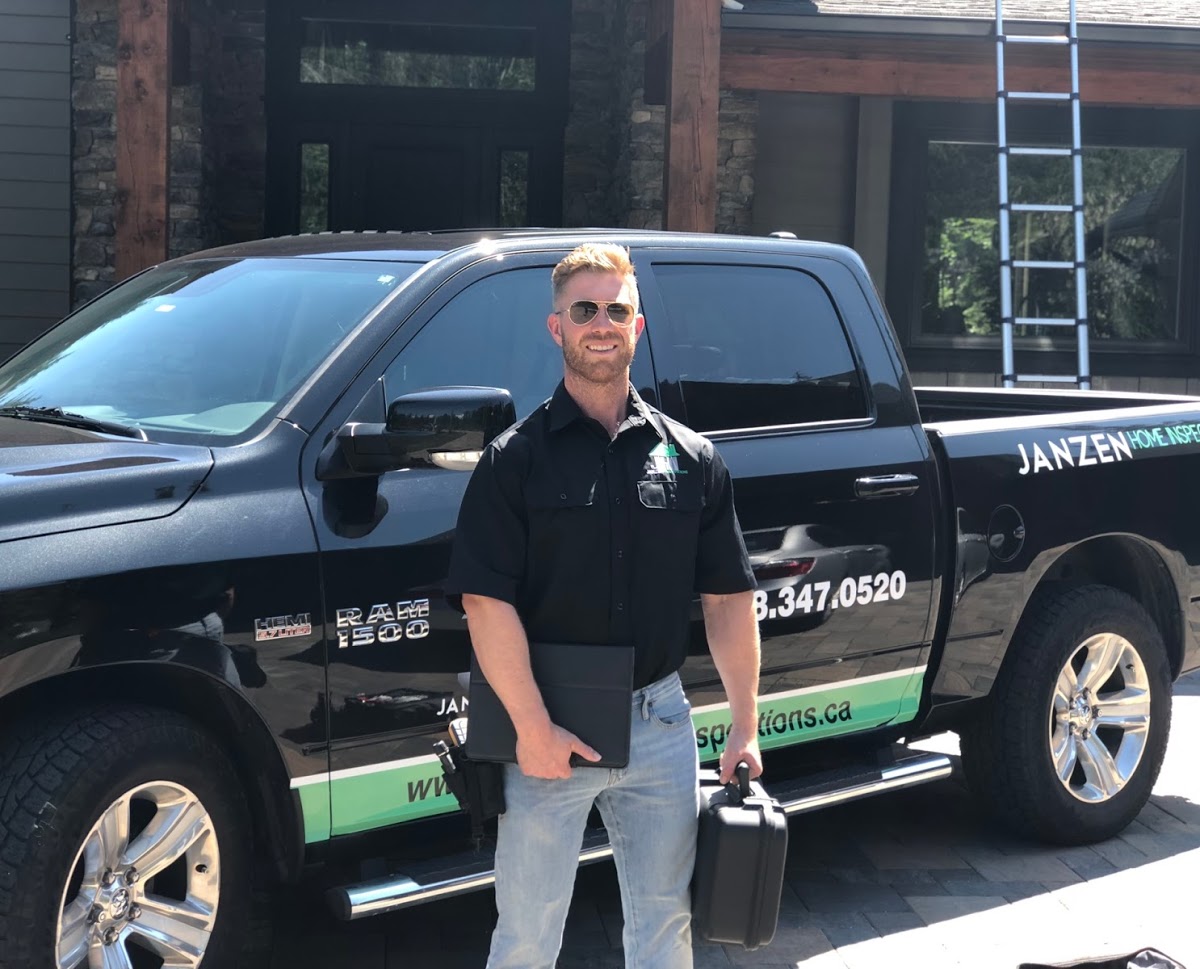You are residing in your dream home and you intend on protecting your most valuable asset.
Owning a home does require constant upkeep. Consequently, it is important to conduct regular visual inspections of your house. This will ensure your home will be both a healthy place and a safe place to reside. The easiest way to do that is to conduct seasonal maintenance checks. By establishing a set routine, the work will be completed more quickly and timely.
If you don’t fancy yourself the kind of person who can do work around the home, you can always hire a qualified person to help you. This will be money well spent. Most maintenance programs can be broken down into seasonal activities. Since we are hitting the winter season, I thought it best to provide readers with some information on good home maintenance for this season.
During the fall, it is important to prepare for the often gruesome winter months which are typically the most taxing on your home. On the other hand, the spring season is the time to assess any damages to the home by the winter and commence the repairs.
There are also some maintenance checks that should be conducted frequently throughout the year. These include:
- Make sure air vents indoors and outside are not blocked by snow or debris.
- Check and clean range hood filters on a monthly basis.
- Test the ground fault circuit interrupter(s) monthly by pushing the test button, which should then cause the reset button to pop up.
- If there are young children in the house, make sure electrical outlets are equipped with safety plugs.
It is also imperative to regularly check your home for safety hazards such as a loose handrail. Also, continually check your automatic garage opener, as well as smoke alarms, carbon monoxide detectors, and your furnace and water heater.
As well, all adults in the home should know where the main shutoff for the furnace is, as well as the main electrical shutoff, the main water shutoff and the fire extinguishers.
The following maintenance schedule is for the fall. It should be noted that the timing of the seasons vary not only from different geographic locations across Canada but also from year to year in any given area.









